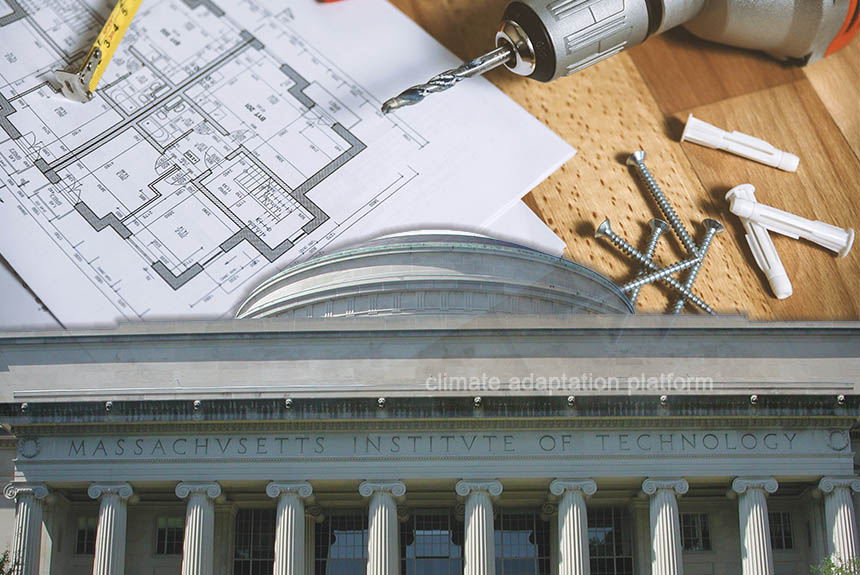In cities, buildings account for up to 60% of the total carbon emissions, and around 80% of these buildings in urban areas will still exist by 2050. Because of the buildings’ high carbon footprint, cities are implementing policies to reduce carbon emissions through retrofits.
Many cities have pledged to cut their emission by half by 2030 and promised to become carbon neutral by 2050. Cities have designed new and future buildings to be energy-efficient, and for existing buildings, they have introduced policies and incentives to encourage their retrofits.
A decade ago, leaders took steps to measure their building’s carbon emissions based on data from their utilities, natural gas, and electricity providers. They then implemented policies encouraging retrofits, such as adding insulation, double-glazing windows, and installing rooftop panels to lower their energy consumption. But are these retrofits sufficient to meet cities’ goals to slash their emissions in half by 2030 and become net zero by 2050?
The analysis by MIT researchers shows discouraging results. They find that many cities will not meet their emissions-reduction goals by just retrofitting buildings, but the key to success is to decarbonise the surrounding grid.
The researchers also launched a publicly accessible website, UBEM.io, providing a series of simulation tools and a process for using them to determine and explore carbon-reduction pathways – a combination of building upgrades, renewable energy deployments, and other measures that will allow the city to reach their carbon reduction goals.
The website will allow municipalities and cities to develop their urban building energy model (UBEM)– a model developed by researchers and use it to calculate their current building energy use and resulting carbon emissions, and then how those outcomes would change, assuming different retrofit programs or other measures being implemented or considered.
Through the website, cities and neighbourhoods can calculate their carbon emissions per square meter of flooring based on these scenarios:
- The baseline
- Shallow retrofit only
- Shallow retrofit plus a clean electricity grid
- Deep retrofit only
- Deep retrofit plus rooftop photovoltaic solar panels
- Deep retrofit plus a clean electricity grid
Cities could then bring these findings to the people to let them decide what carbon pathways they will implement.
Researchers have also tested the website with participants from eight cities and municipalities around the world, namely Braga (Portugal), Cairo (Egypt), Dublin (Ireland), Florianopolis (Brazil), Kiel (Germany), Middlebury (Vermont, United States), Montreal (Canada), and Singapore.
These cities represent various climates, socioeconomic demographics, cultures, governing structures, and sizes.
The findings of their analysis served as a wake-up call to policymakers as their planned strategies might not be enough to meet their carbon reduction targets.
The authors published in Nature their study, “Carbon Reduction Technology Pathways for Existing Buildings in Eight Cities.” See the “Source” section below for the link.
Also, check out these related studies:
Source:
Stauffer, N. (2023, June 29). Cutting urban carbon emissions by retrofitting buildings. MITei. Retrieved from https://energy.mit.edu/news/cutting-urban-carbon-emissions-by-retrofitting-buildings/
Ang, Y.Q., Berzolla, Z.M., Letellier-Duchesne, S. et al. Carbon reduction technology pathways for existing buildings in eight cities. Nat Commun 14, 1689 (2023). https://doi.org/10.1038/s41467-023-37131-6



Leave a Reply